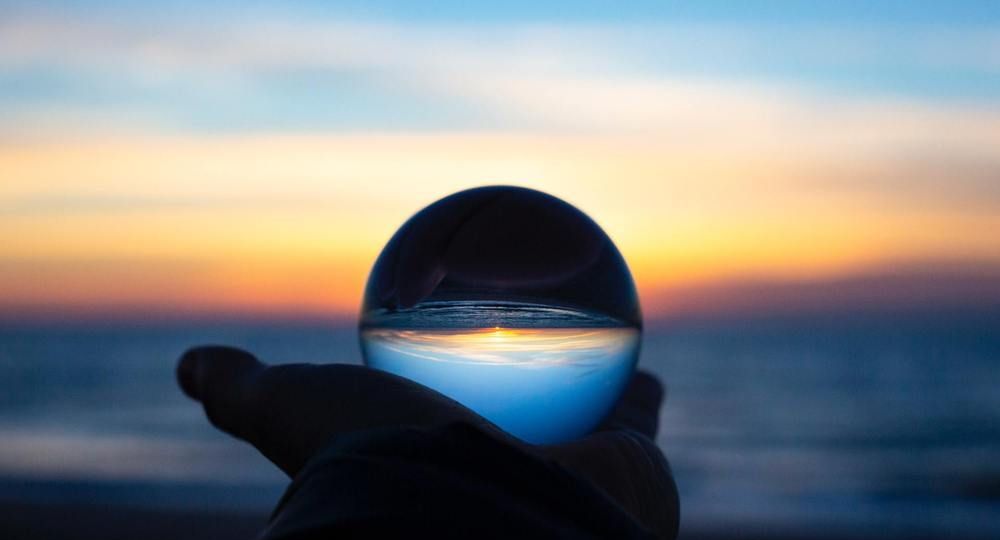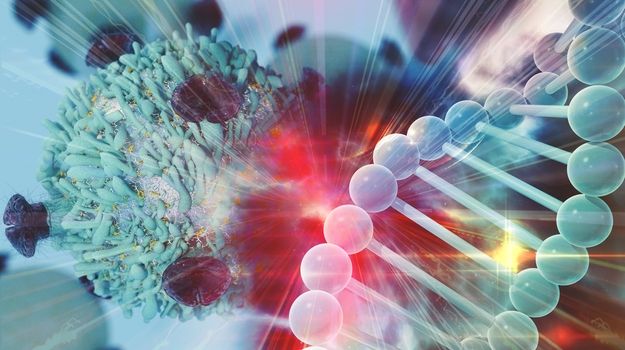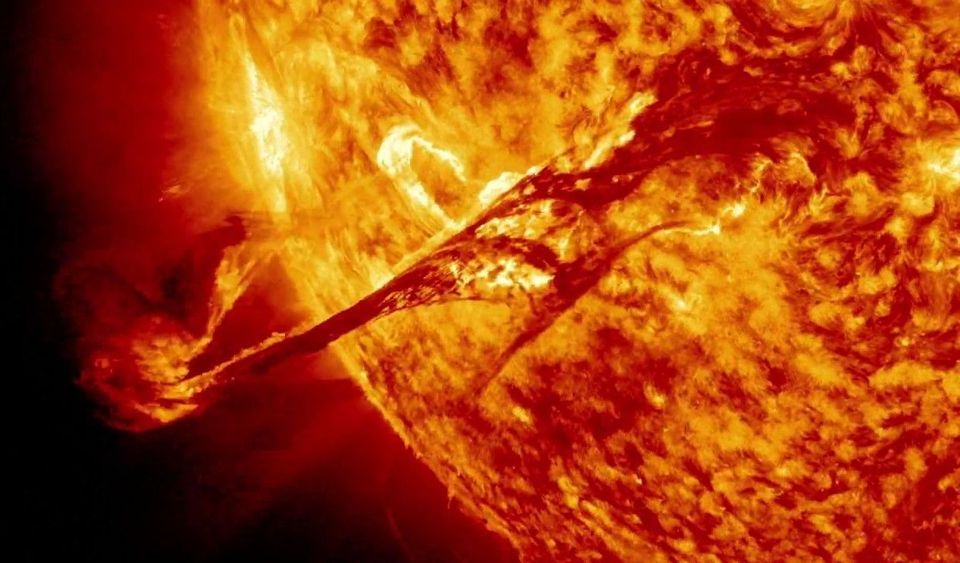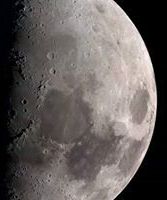Jun 12, 2020
Advanced nanotechnology to improve success of dental implants
Posted by Genevieve Klien in categories: biotech/medical, nanotechnology
A technological advancement that may prove crucial in the long-term success of dental implants has been developed by University of Queensland researchers.
Dr. Karan Gulati, NHMRC Early Career Fellow from the UQ School of Dentistry, said modifying dental implants with ‘nanopores’ will help protect against one of the leading causes of implant failure.
“Poor integration between the implant and the surrounding tissue is one of the leading causes of dental implant failure,” Dr. Gulati said. “If the sealing between the implant and the surrounding gum tissue fails it can result in bacteria entering the implant and causing infection.”

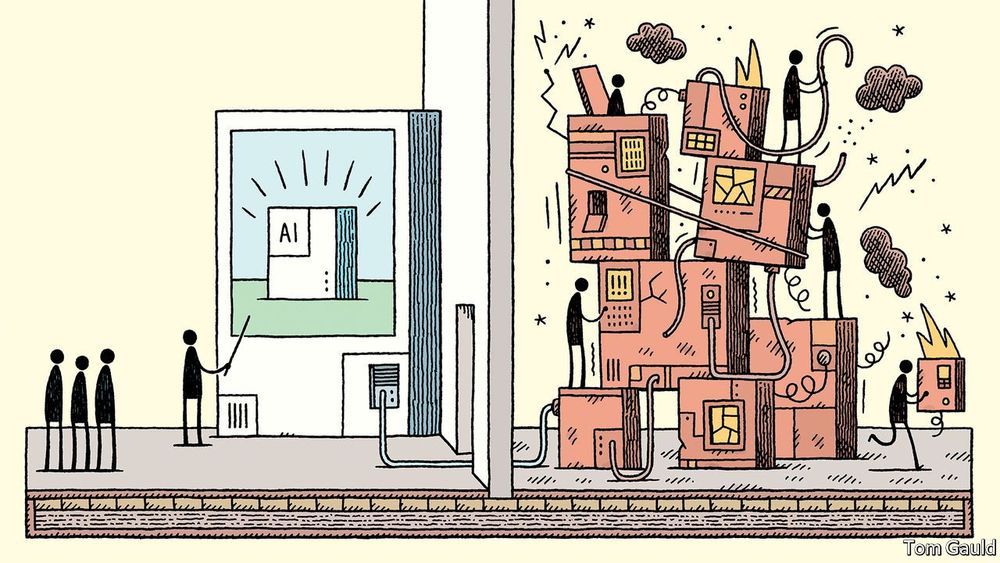
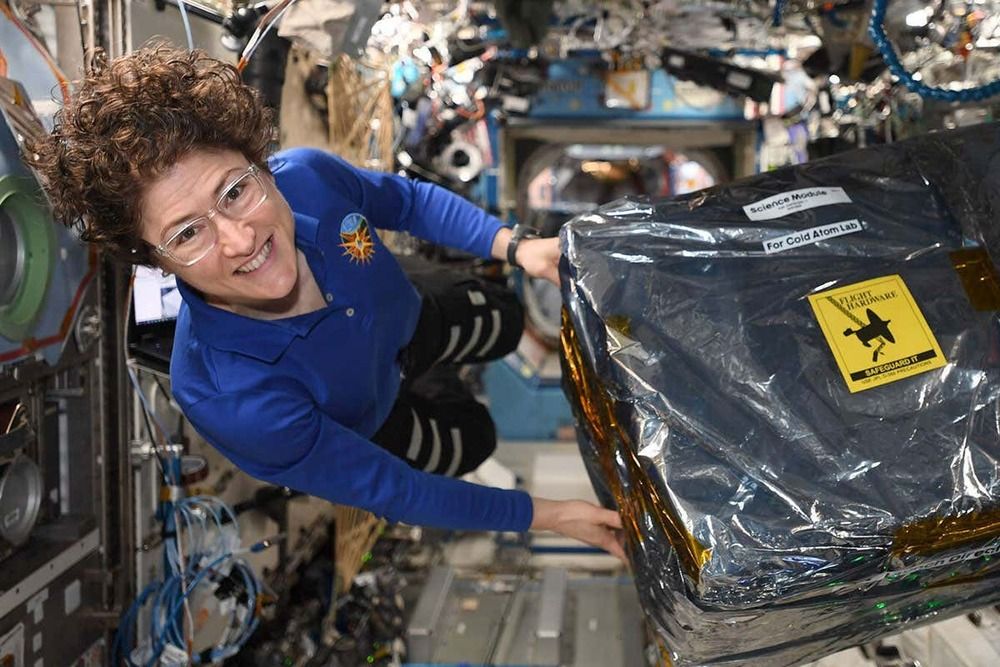
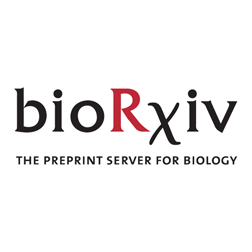 The aim of this study is to evaluate if the sweat produced by COVID-19 persons (SARS-CoV-2 PCR positive) has a different odour for trained detection dogs than the sweat produced by non COVID-19 persons. The study was conducted on 3 sites, following the same protocol procedures, and involved a total of 18 dogs. A total of 198 armpits sweat samples were obtained from different hospitals. For each involved dog, the acquisition of the specific odour of COVID-19 sweat samples required from one to four hours, with an amount of positive samples sniffing ranging from four to ten. For this proof of concept, we kept 8 dogs of the initial group (explosive detection dogs and colon cancer detection dogs), who performed a total of 368 trials, and will include the other dogs in our future studies as their adaptation to samples scenting takes more time.
The aim of this study is to evaluate if the sweat produced by COVID-19 persons (SARS-CoV-2 PCR positive) has a different odour for trained detection dogs than the sweat produced by non COVID-19 persons. The study was conducted on 3 sites, following the same protocol procedures, and involved a total of 18 dogs. A total of 198 armpits sweat samples were obtained from different hospitals. For each involved dog, the acquisition of the specific odour of COVID-19 sweat samples required from one to four hours, with an amount of positive samples sniffing ranging from four to ten. For this proof of concept, we kept 8 dogs of the initial group (explosive detection dogs and colon cancer detection dogs), who performed a total of 368 trials, and will include the other dogs in our future studies as their adaptation to samples scenting takes more time.